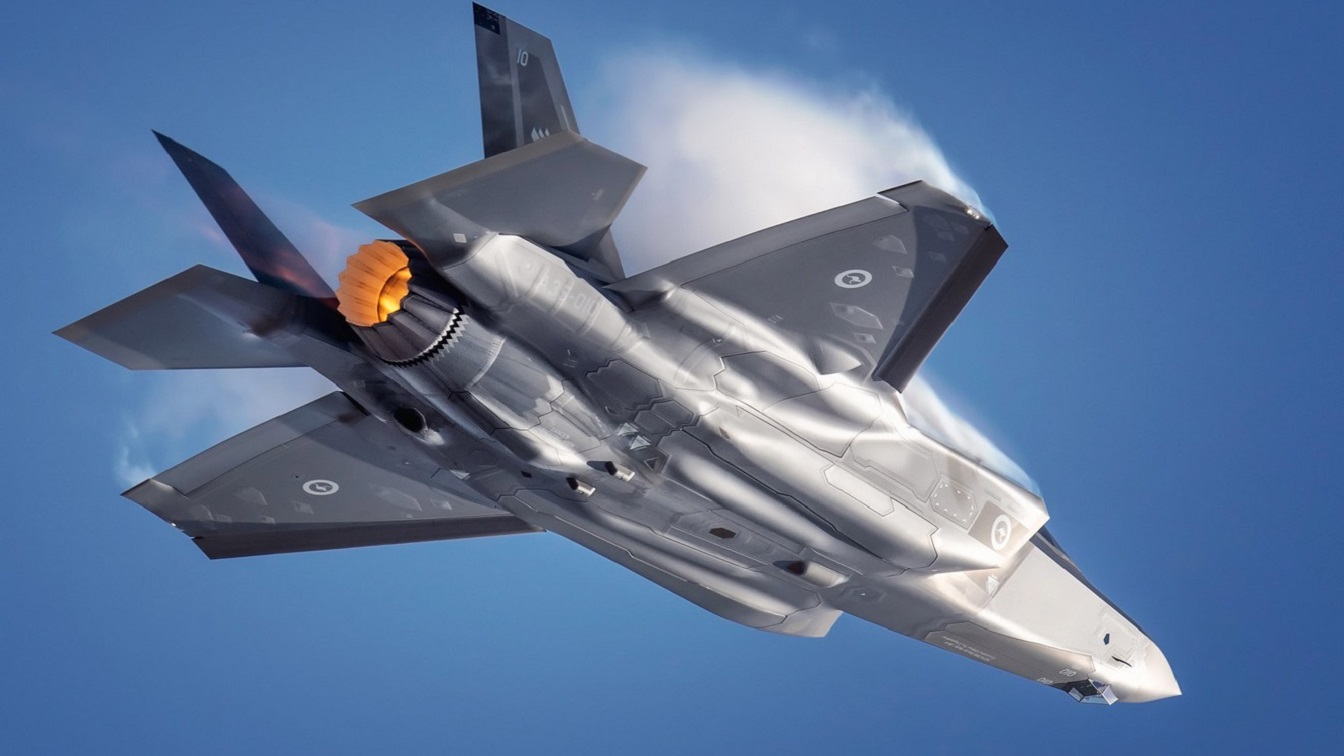American F-35s appear to be deterring Russia over the skies of Syria, U.S. officials say. Russian pilots have stopped firing flares in front of MQ-9 Reaper drones engaged in operations against ISIS.
“We have seen a decrease in the level of aggressiveness of the Russian activities against our MQ-9s,” a senior U.S. defense official told Air & Space Forces Magazine.
At least two of the drones were damaged during prior encounters.
“We’re flying them in a number of different areas,” the official said. “We are flying them on missions up in Syria.”
Most U.S. operations occur over northwestern Syria in an area where ISIS has taken refuge. The Russians consider the airspace over northwestern Syria their domain, due to their alliance with Bashar al-Assad.
“It’s too early for us to tell if that’s a major change of behavior or just an aberration,” the U.S. official said of Russian operations. “Some of that may be in response to kind of our increasing presence as we brought the F-35 in.”
As recently as last week, the official noted that Russian aircraft were intercepting U.S. drones, but were doing so less often.
U.S. Central Command (CENTCOM) deployed its F-35s to deter both Russia and Iran, depending on the mission.
CENTCOM operates four fighter squadrons in the region. They include two squadrons that fly the F-16, one squadron that uses A-10s, and another that flies the F-35.
Pentagon Not Commenting of Reduction of Unsafe Flights
The Pentagon would not speculate about why Russian pilots had decreased their efforts to intercept American drones.
“In terms of Russian aggression or unprofessional, unsafe behavior, I would refer you to the Russians to speak to that as to why there’s been a decrease,” Deputy Pentagon Press Secretary Sabrina Singh told reporters Aug. 21. “We have, of course, always followed the proper procedures when conducting our own operations.”
Russians ‘Claim’ F-35s Came Dangerously Close to Their Jets
Deputy head of the Russian Center for the Reconciliation of the Warring Parties in Syria, Rear Admiral Vadim Kulit, claimed that Russian Su-35 fighters, a Russian Su-34 fighter-bomber, and American F-35s came dangerously close to a confrontation a few weeks ago.
“On August 14, from 12:35 to 12:50, in the Al-Tanf area at an altitude of about 9,100 meters, there was a dangerous rapprochement between two coalition F-35 fighters and two Su-35 aircraft of the Russian Aerospace Forces, which were making a planned flight along the southern border of Syria. Russian pilots, demonstrating high professionalism, took the necessary measures promptly to prevent a collision with coalition fighters,” Kulit said.
Of course, Russia is not exactly known for being honest in any sort of military situation, and any claims should be taken with a grain of salt.
The Russian media claimed the F-35s locked onto the Su-35s on radar, which “automatically (activated) the onboard defense systems of Russian aircraft,” the admiral said.
“On August 11 from 02:13 a.m. to 02:20 a.m., during a scheduled flight in the vicinity of El-Tanf, two Russian Su-34 and two Su-35 aircraft recorded the impact of aiming systems which triggered an automatic activation of their onboard defense systems. The same aircraft were affected by radiolocation actions on the part of two F-35 fighter jets,” Kulit added. He accused the American drones of violating “deconfliction” protocols, saying it had happened “11 times a day, thereby continuing to create dangerous situations in the skies of Syria.”
The heightened tensions between the U.S. and Russia over Syria threaten to turn the area into a new front in the shadow of the war in Ukraine.
John Rossomando is a defense and counterterrorism analyst and served as Senior Analyst for Counterterrorism at The Investigative Project on Terrorism for eight years. His work has been featured in numerous publications such as The American Thinker, The National Interest, National Review Online, Daily Wire, Red Alert Politics, CNSNews.com, The Daily Caller, Human Events, Newsmax, The American Spectator, TownHall.com, and Crisis Magazine. He also served as senior managing editor of The Bulletin, a 100,000-circulation daily newspaper in Philadelphia, and received the Pennsylvania Associated Press Managing Editors first-place award for his reporting.
From the Vault
The Navy Sent 4 Battleships To Attack North Korea
‘Sir, We Hit a Russian Submarine’: A U.S. Navy Sub Collided with a Nuclear Attack Sub

